We came across an interesting manual (in English, as a bonus!) for a variety of Hotchkiss machine gun which we have very little information on. It’s an aircraft gun, intended for use by the observer in a two-seater plane:
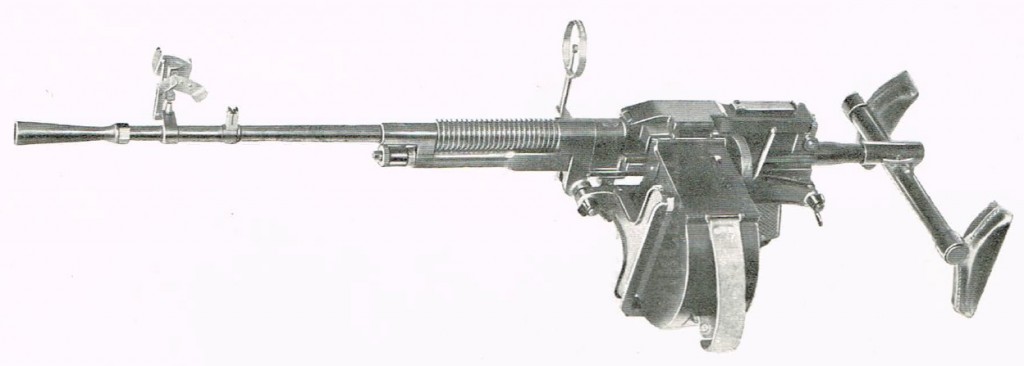
Mechanically, the gun is a pretty standard Hotchkiss Portative, aka M1909. It has a pair of shoulder rests to help control the gun in a ring mount, and the characteristic aerial vane front sight. That front sight can pivot in all directions under wind pressure, and theoretically moves the front sight post to accurately compensate for wind deflection when shooting in a variety of angles and directions.
What makes this gun unusual (for us) is the feed mechanism, which is a side-mounted drum with a belt of ammo on individual metallic links instead of an articulated belt of 3-round strips.
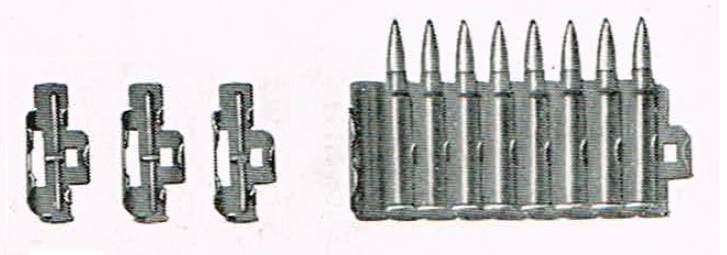
Very early Hotchkiss guns used in aircraft used the original 24-round feed strips, as they were simply infantry guns acquired for use by aviators. The feed strips were a pain to use in an aircraft, though, and were generally replaced before long with articulated belts made from 3-round sections of strip connected by hinge pins (these were also used in armored vehicles). The belts would be wound up on large spools, for maximum firepower, compact storage, and smooth feeding. This use of individual disintegrating metal links is rather new to us for the Hotchkiss, though.
The complete manual is included in our Manual Archive DVD, and can also be downloaded here:
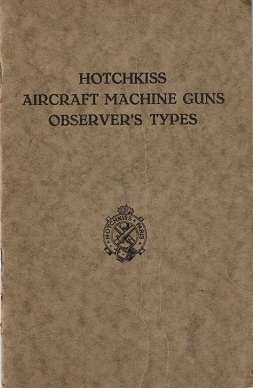


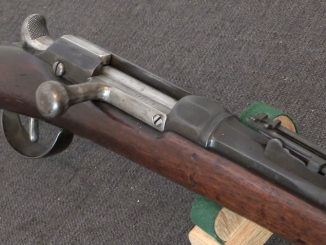
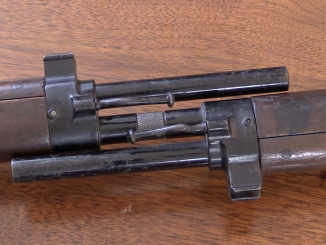
Ian, do you have any indication regarding the publishing date of the manual? I am asking this because somehow I think the gun must have been manufactured after WW I.
And thanks for posting this!
Ruy
No, unfortunately the manual isn’t dated anywhere. I suspect it might have been a post-war variant that never managed to win any contracts, and was thus never built beyond prototype stage.
Thanks Ian. It makes sense. They had to compete against the many Lewis variants, not to mention the Darne, which managed to carve a significant market niche in the interwar years.